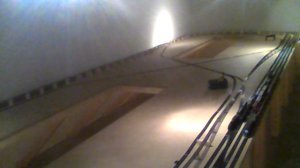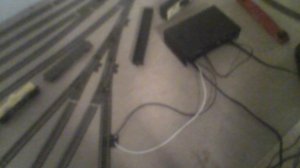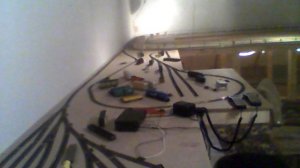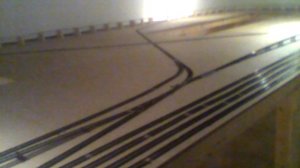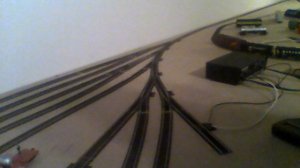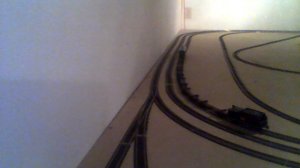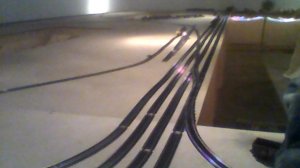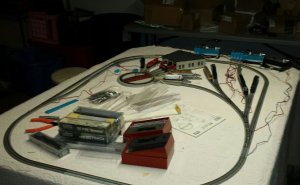new guy
Active Member
I'm still running multiple (6, sometimes 9 locos/w/lights and sound!) trains on 400+ feet of track with ONE (1) power feed. I notice no 'slow spots' and everybody trucks along with no trouble. Half the track is new out of the box and half was OLD and had SCHMUTS on the rails with old joins that were 'welded' on with corrosion. I chucked the old joins and hit the top and inside edge with 320 sandpaper and a file on the ends where the joins touch the rail and NO PROBLEMS!
So what is the deal? I had everybody telling me 'drops every three feet' and I was curious about just HOW much I can push this and I have pushed it pretty far with NO trouble.
I'm all DCC using an NCE 5 amp system and nothing else, the feed is at one end and not centrally located.
Is the 'every three feet rule' a hold over from low amp DC systems? I was ready to bust this into three blocks but I don't see a need now.
I'll add another few hundred feet of track and see.
So what is the deal? I had everybody telling me 'drops every three feet' and I was curious about just HOW much I can push this and I have pushed it pretty far with NO trouble.
I'm all DCC using an NCE 5 amp system and nothing else, the feed is at one end and not centrally located.
Is the 'every three feet rule' a hold over from low amp DC systems? I was ready to bust this into three blocks but I don't see a need now.
I'll add another few hundred feet of track and see.

